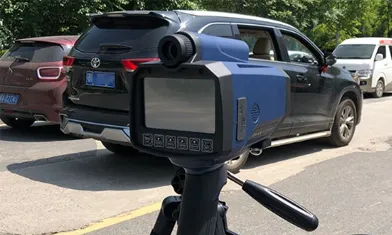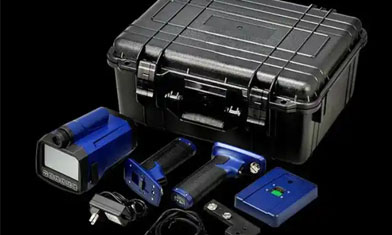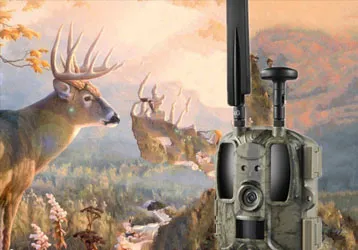Tips For Using Laser Rangefinder
Onick has launched seven series of laser rangefinders so far, with about thirty or forty models of rangefinder products. Among them, the B series, LH series, and binocular CI series are all best-selling models, widely used in power, communication, security and other industries. So, what should we pay attention to for daily use and maintenance?
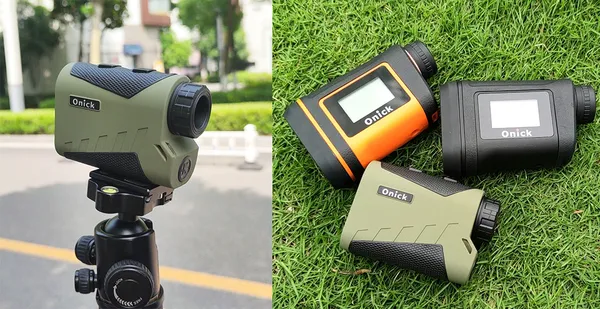
What are the precautions for using laser rangefinders?
1. Pay attention to the positive and negative poles when installing batteries, and it is best to use alkaline batteries.
2. When measuring, do not point the laser rangefinder's laser directly at the sun, eyes, or through reflective surfaces (such as mirror reflection) to illuminate the eyes.
3. Be careful and gentle during use, and avoid placing it in places that are too humid, high temperature or direct sunlight.
4. The sunlight is too strong, the ambient temperature fluctuates too much, the reflection effect of the reflective surface is weak, and the measurement results will have large errors when the battery is insufficient.
5. The laser rangefinder can be used in rainy and snowy days, but if the laser hits the air and encounters water droplets or snowflakes, it will be affected. You can measure it several times to reduce the error.
When we use laser rangefinders in daily life, we want to extend their service life. Its maintenance and precautions are things that must be paid attention to. Doing the following points can make our instruments use longer and reach the ultimate state.
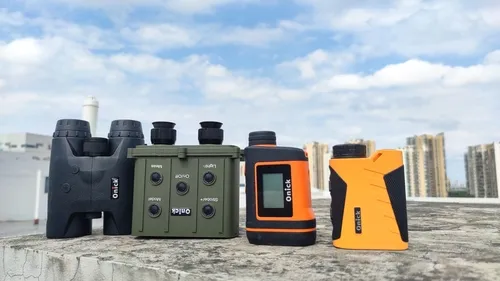
Maintenance of laser rangefinder
1. Check the appearance of the instrument frequently and remove dust, dirt, grease, mildew, etc. on the surface in time.
2. Use a soft dry cloth to clean the eyepiece, objective lens or laser emission window. It is strictly forbidden to scratch with hard objects to avoid damaging the optical performance.
3. The laser rangefinder is a high-precision instrument integrating light, machinery and electricity. It should be placed carefully during use. It is strictly forbidden to squeeze or fall from a height to avoid damaging the instrument.
4. Handheld laser rangefinders use lasers to measure distances, and pulsed laser beams are monochromatic light sources with very concentrated energy. Therefore, when using them, do not look directly at the emission port with your eyes, and do not use a telescope to observe the reflective surface to avoid hurting your eyes.
If you measure according to the safety operating specifications in the instrument manual, and when measuring in the field, do not point the instrument emission port directly at the sun to avoid burning the instrument's photosensitive components. The life of its rangefinder can be extended by at least one to two years.
